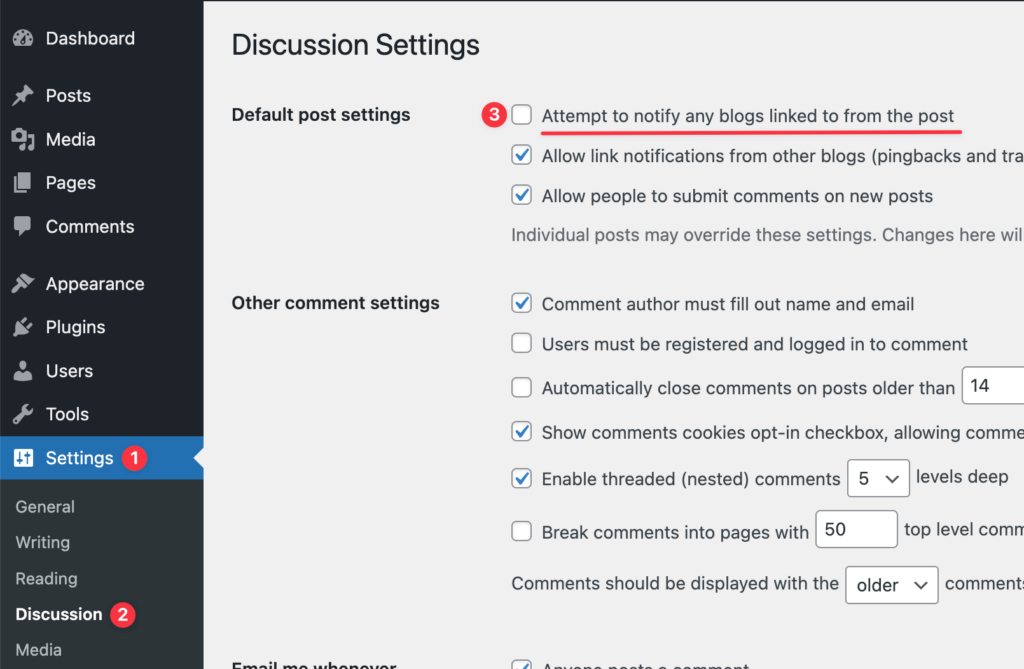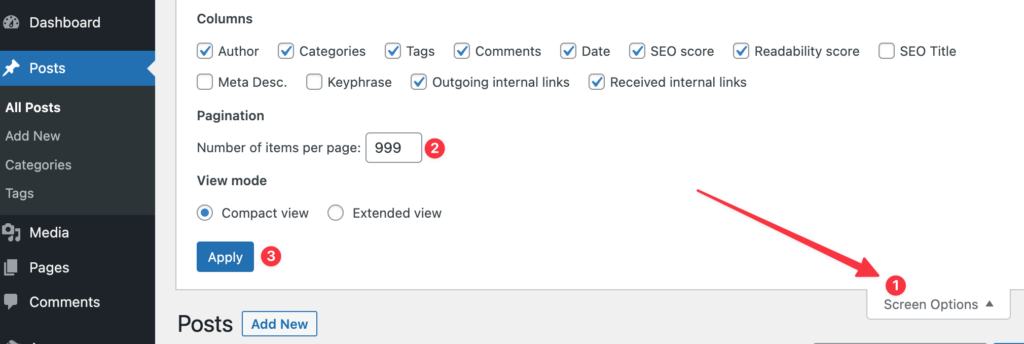How to Disable Pingbacks in WordPress
Pingback is a WordPress feature that automatically notifies other WordPress blogs that you have linked to them. This is done by sending a pingback XML-RPC request to the other blog’s pingback URL.
If the other blog accepts pingbacks, it will display a link to your post. Pingbacks can help build backlinks, raise your domain authority (even with the nofollow attribute), and drive traffic to your website.
However, they can also be abused, so it’s important to moderate pingbacks on your site. To learn more about pingbacks, check out the WordPress documentation page.
How to disable pingbacks
You need to go to your admin area, then choose “Settings” -> “Discussion” on the left menu, and untick the “Attempt to notify any blogs linked to from the post”

However, you might only want to disable pingbacks within your blog (self-pingbacks), and not the entire pingbacks system.
How to stop and disable self-pingbacks
You cant prevent your blog from creating pingbacks after you link to your own article. To do that, just use the relative URL to your post (e.g., https://yoursite.com/blog/how-to-make-money/ is an absolute URL, and /blog/how-to-make-money/ is a relative URL — it is relative to your website address).
You might also want to remove self-pingbacks from your existing posts. To do that, go to “Posts” section, press “Screen options” button, enter 999 (or more) in the “Number of items per page” textbox, and press “Apply”.

You will see the list of all your blog posts, and now it’s time to do some bulk actions. Tick the checkbox which selects all the posts, then select “Edit” option from the “Bulk actions” dropdwon menu, then press “Apply”.

Now you are able to remove self pingbacks from all of your posts.

Now you’re done with those annoying pingbacks. Enjoy!